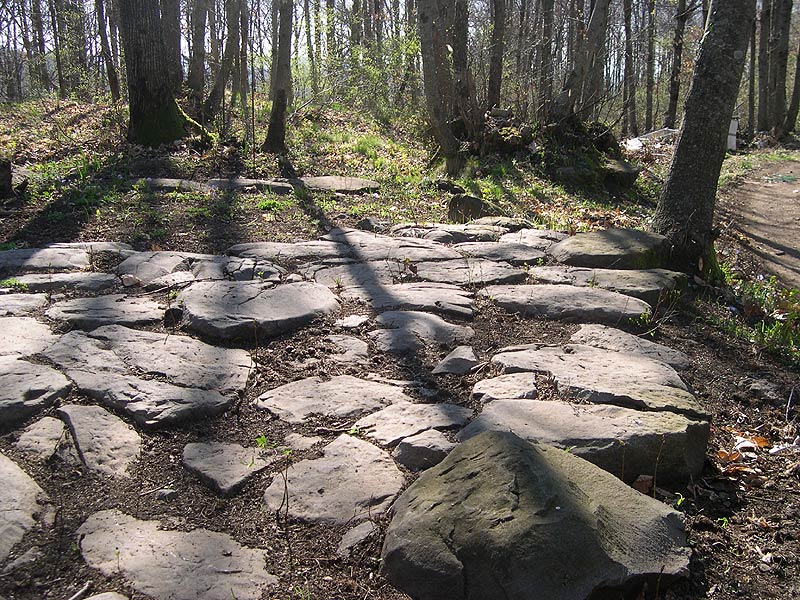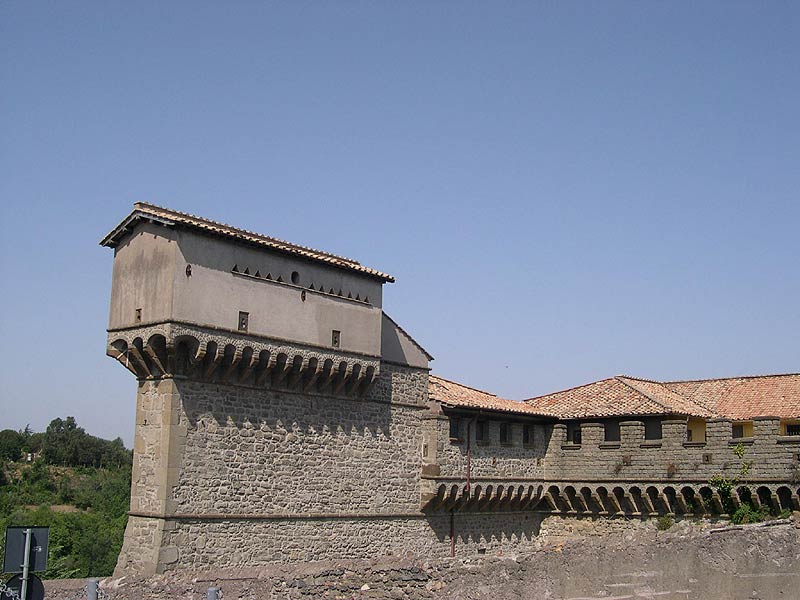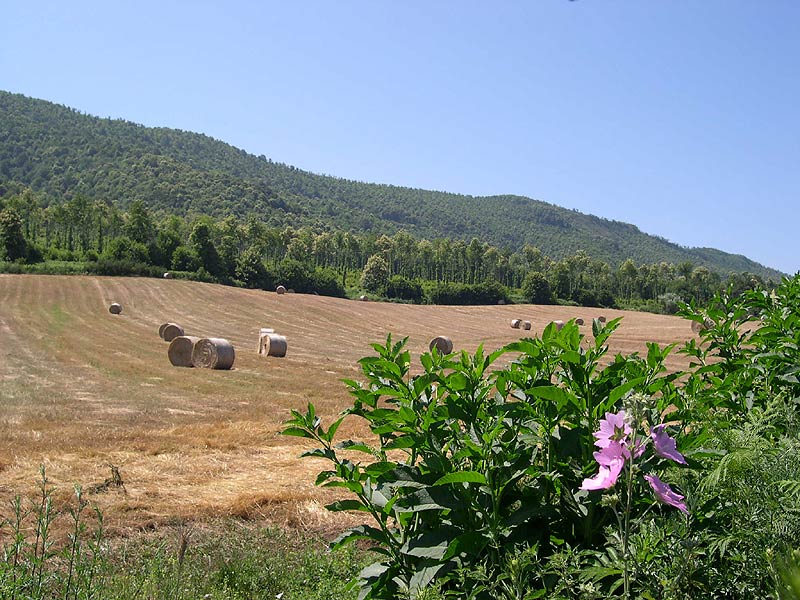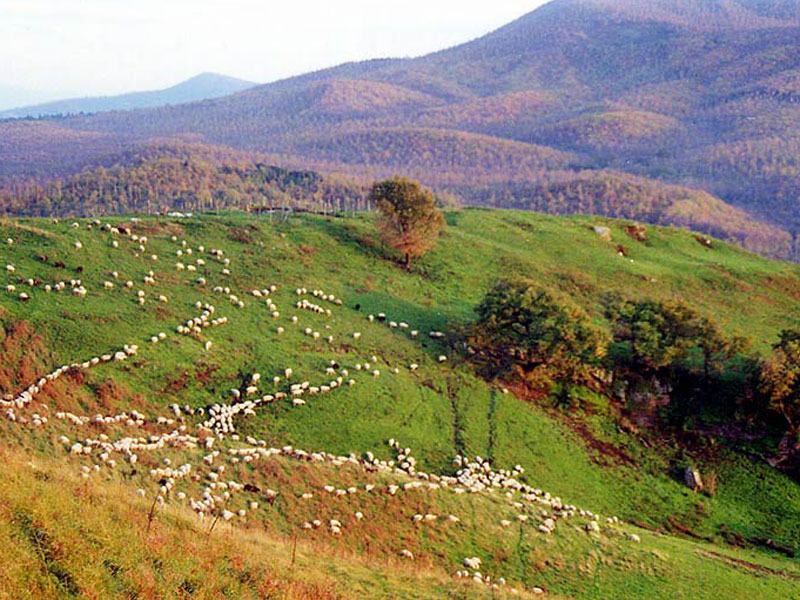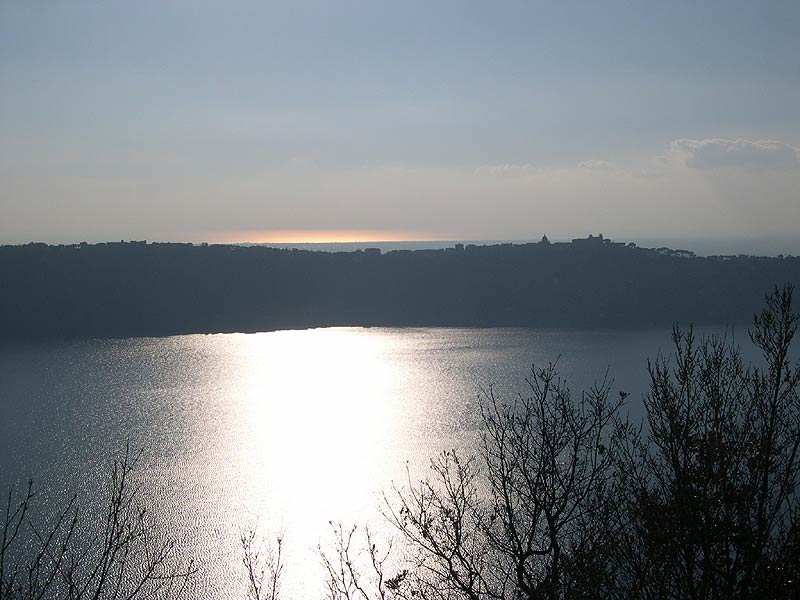Protected Area
Identity Card
- Castelli Romani Nature Park:
- Land Surface Area: 15'790.00 ha
- Regions: Lazio
- Provinces: Roma
- Municipalities: Albano Laziale, Ariccia, Castel Gandolfo, Ciampino, Frascati, Genzano di Roma, Grottaferrata, Lanuvio, Lariano, Marino, Monte Compatri, Monte Porzio Catone, Nemi, Pomezia, Rocca di Papa, Rocca Priora, Velletri
- Establishment Measures: LR 2 13/01/1984 - 64 28/9/84 - 63 24/05/90 - 29 06/10/97 - 11 12/08/2021
- PA Official List: EUAP0187
- Park Authority: Ente Parco Regionale dei Castelli Romani
- Further managed Protected Areas:
- Riserva Regionale della Sughereta di Pomezia
- Zona Speciale di Conservazione Albano (Località Miralago)
- Zona Speciale di Conservazione Antica Lavinium - Pratica di Mare
- Zona Speciale di Conservazione Cerquone - Doganella
- Zona Speciale di Conservazione Maschio dell'Artemisio
- Zona Speciale di Conservazione e Zona di Protezione Speciale Lago di Albano
- Monumento Naturale Madonna della Neve
The Park Means...
15,000 hectares of protected territory...
Castelli Romani Regional Park was established with the Regional Law no. 2 of 13th January 1984 with the aim to safeguard the integrity of the natural and cultural features of the fifteen towns situated within the ancient Vulcano Laziale and to contribute to the territorial rebalancing and the social and economic development of the people involved. After a first stage during which the Authority organized surveillance, safeguard, environmental education, and promotion services, the Regional Law 29/97 on the Protected Areas gave the Park a structural organization consistent with all the regional protected areas, including Castelli Romani Park in the Protected Areas System of Regione Lazio.
Environment
The signs of the successive phases of the ancient Pleistocene volcano whose activity began about 700,000 years ago are still evident today. Within a pre-existing circular cavity or "caldera" of which only the "outer enclosure" remains (Tuscolo and Mount Artemisio), a smaller volcanic cone formed, with a crater mouth situated in Campi di Annibale and a inner calderic enclosure represented by Mount Cavo and Mount of the Faete. The activity of the Latian Volcano was the last one of the region to exhaust itself.
The fertile volcanic ground and the very wet climate originated great beech tree forests which, together with mixed woods and Turkey oak woods, covered great part of the territory up to the 17th century. Nowadays it is possible to find among the chestnut trees arboreal or shrubby elements witnessing the presence of the original forests which have been replaced for the main part by chestnut tree woods. Among these elements the holly, the spurge-laurel, the hazel nut, the hedge maple, the hop hornbeam, the clematis, and a population of beech trees on Mount Cavo. On the southern slopes there are species typical of warmer climates, such as the Dawny oak and the holm oak.
The Mediterranean shrubby essences such as viburnum, privet, strawberry tree, laurel, and tree heath can also be found in the area.
Flora and Fauna
The fauna of the Park has suffered from an excessive hunting pressure and from the environmental changes carried out by men. Among the mammals there are the porcupine, the badger, the squirrel, the hazel mouse, and the Savi's pine vole. The birds of prey include the buzzard, the merlin, and the sparrow hawk. There are a number of nocturnal birds of prey and of aquatic species populating the shores of the lakes: among the latter, the mallard, the grey heron, the widgeon, the coot, the garganey, the little grebe, and the great crested grebe. Among the wood birds there are the green woodpecker, the great spotted woodpecker, the hoopoe, and the tit mouse. The herpetofauna includes the rare Hermann's tortoise, the blind worm, and the spectacled salamander.
Biodiversity
The main task of a protected area is to maintain the environmental balance of the territory, trying to increase its biodiversity. After the establishment of the Park and the consequent control of the protected area, several results have been obtained with the fauna, in particular with the return of many species which had abandoned Colli Albani: the badger, the pine marten, the peregrine, the spectacled salamander, the porcupine and a relevant colony of bats spending the winter here. However, the most striking and appreciated return is without a doubt the wolf. An animal that has always been feared and hunted, it plays an important role in the ecosystem and is not dangerous for man.
Coppice chestnut trees
In the territory of the fifteen Park Municipalities, the presence of the Chestnut tree is dominating. The cultivation of this arboreal species is not aimed at fruit picking, but at the tree cutting in order to obtain timber to use for different purposes (coppice woodland). The cultivated soil can reproduce new trees in the short period of 16/20 years and then it will be cultivated again. This technique is used in rotation throughout the territory and enables the maintenance of a perfect balance between environment and human activities.
Archaeology, history, and lakes
Several archaeolgical remains scattered throughout the territory witness the importance of Castelli Romani. Roman villas, hermitages and monasteries, castles and historical palaces and Renaissance villas enrich this part of Lazio which, despite the proximity with Rome, has been able to carve out an independent niche thanks to its naturalistic, archaeological, and cultural heritage and for the quality of life it offers, a wise and variegated mix of opportunities and potentialities in which it is a pleasure to get lost.
Local products, culture, and popular traditions
The bread of Genzano and Lariano, wine, porchetta, wild strawberries, king bolete are among the most famous local products; however, if you have a look at the local production, you will discover the variety and quantity of delicacies of these places where the rich Roman nobles chose as their residence, building here their houses.
Visiting the territory
The Park offers several opportunities to visit the territory.
The Park Authority offers:
- four stop areas in strategic points of the territory
- a network of trails scattered throughout the territory, enabling to discover Colli Albani in their integrity
- an interpretation trail along the shores of Albano lake
- an educational-wildlife area with self-guided trail in the garden of the Park Offices
- aviaries for fauna that can no longer be recovered
- educational pond
- the trail of the stars


